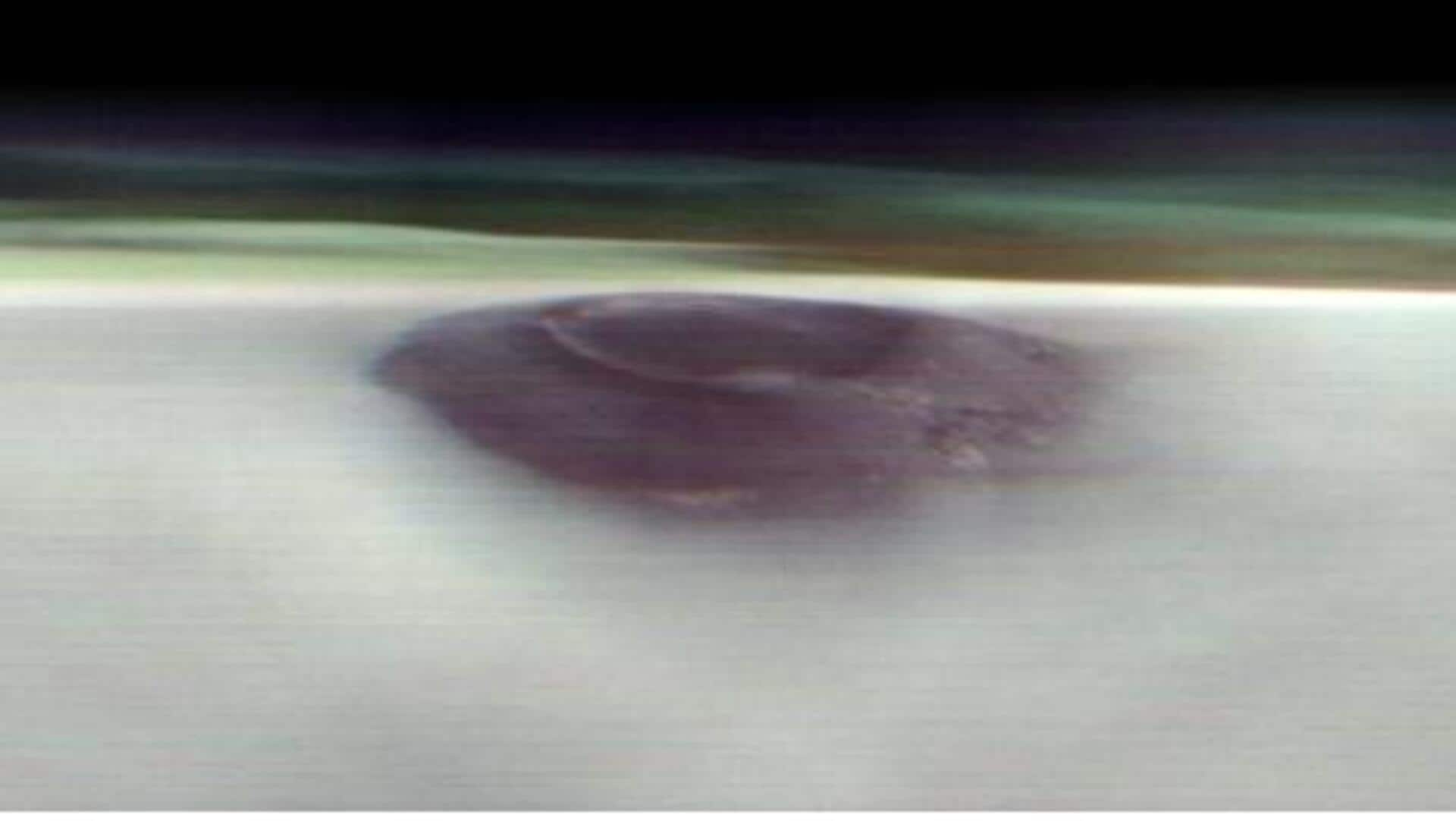
Watch: NASA snaps Martian volcano peeking through morning clouds
What's the story
NASA's Mars Odyssey spacecraft has captured an incredible image of one of the Red Planet's largest volcanoes, Arsia Mons. The stunning panorama shows the massive mountain peeking through a dense layer of early morning clouds. This is the first time a Martian volcano has been photographed on the planet's horizon, giving us a perspective similar to what astronauts see when looking down at Earth's mountains from the International Space Station.
Volcano details
Arsia Mons towers over the Martian landscape
Arsia Mons, the southernmost of the Tharsis Montes trio, is a staggering 20km tall. That's nearly twice the height of Earth's tallest volcano, Mauna Loa, which rises 9km above the seafloor. The latest image from the Odyssey spacecraft shows the summit of this massive volcano peeking above a blanket of water ice clouds. These clouds are common in this region during Mars's aphelion period when it is farthest from the Sun.
Cloud formation
Odyssey's unique perspective on Mars
The aphelion period creates a striking band of clouds across the Martian equator, known as the "aphelion cloud belt." This unique feature is prominently displayed in Odyssey's latest image. The spacecraft, which has been orbiting Mars since 2001, is the longest-running mission around another planet. To capture this unique image of Arsia Mons, it rotated 90 degrees to allow its Thermal Emission Imaging System (THEMIS) camera—designed for studying Martian surface features—to photograph the horizon instead.
Scientific exploration
Importance of studying Martian clouds
The unique angle of the image helps scientists study dust and water ice cloud layers, besides seasonal changes in the Martian atmosphere. "We're seeing some really significant seasonal differences in these horizon images," said Michael D. Smith, a planetary scientist at NASA's Goddard Space Flight Center, adding, "It's giving us new clues to how Mars's atmosphere evolves over time." Understanding these clouds is important to predicting Martian weather and preparing for future missions, including safe landings on the planet's surface.